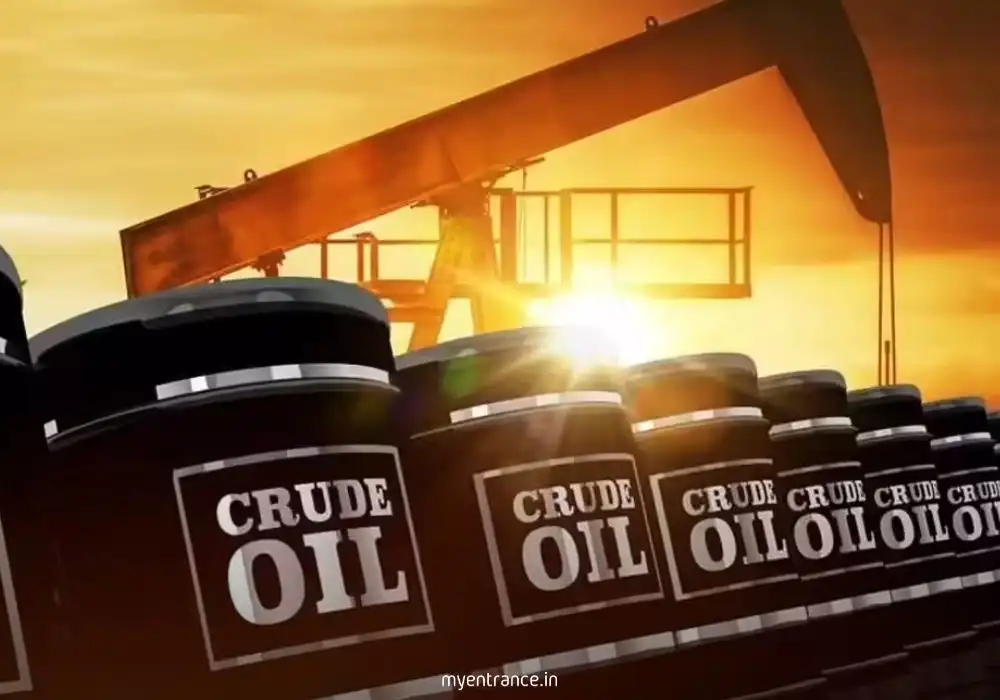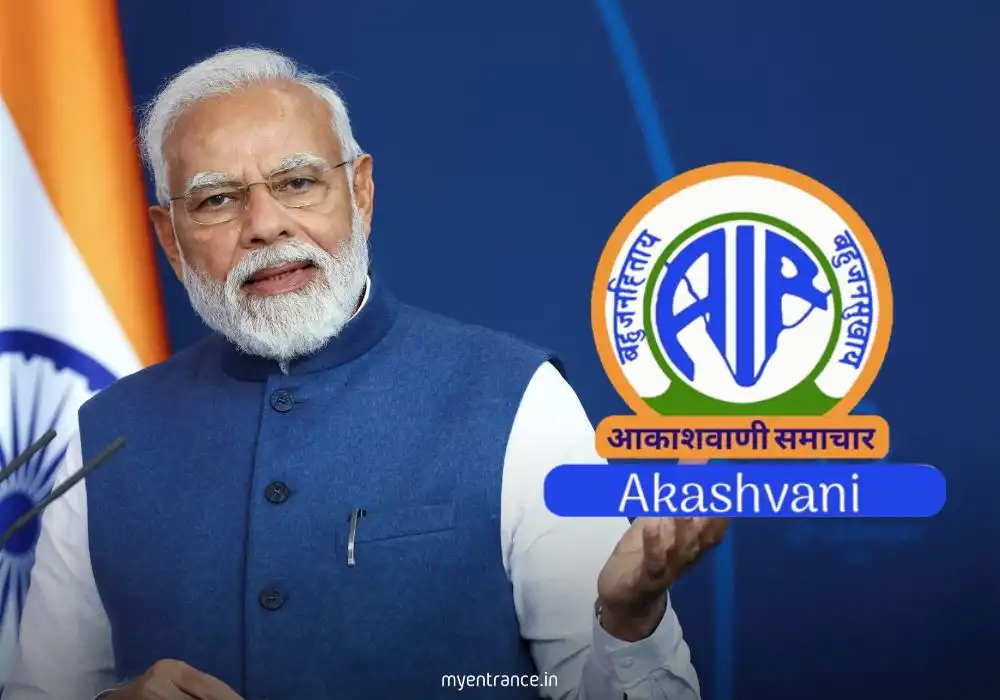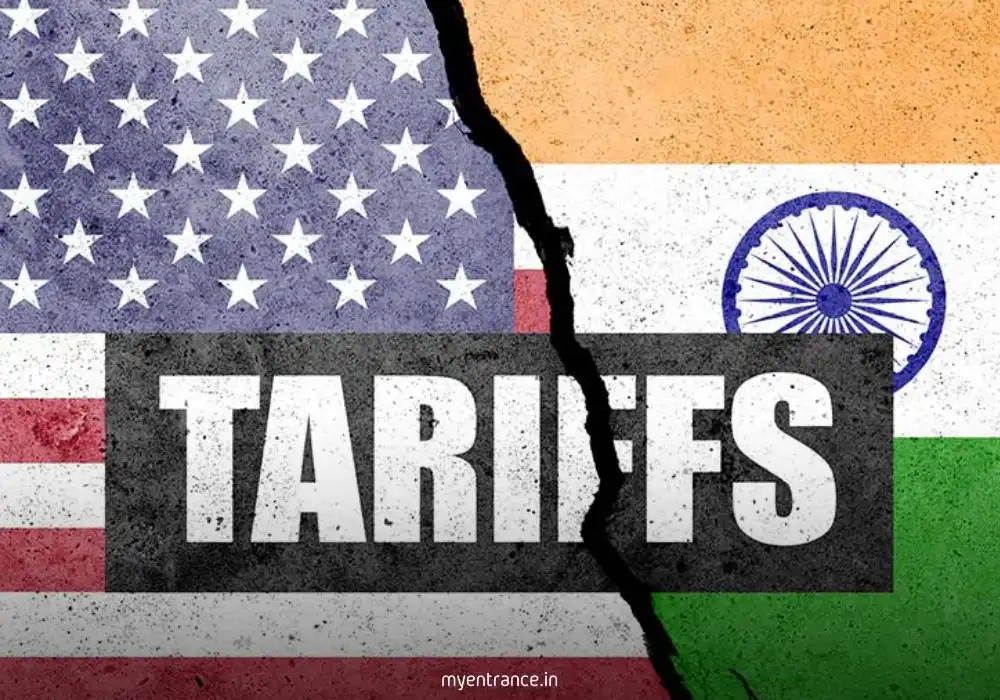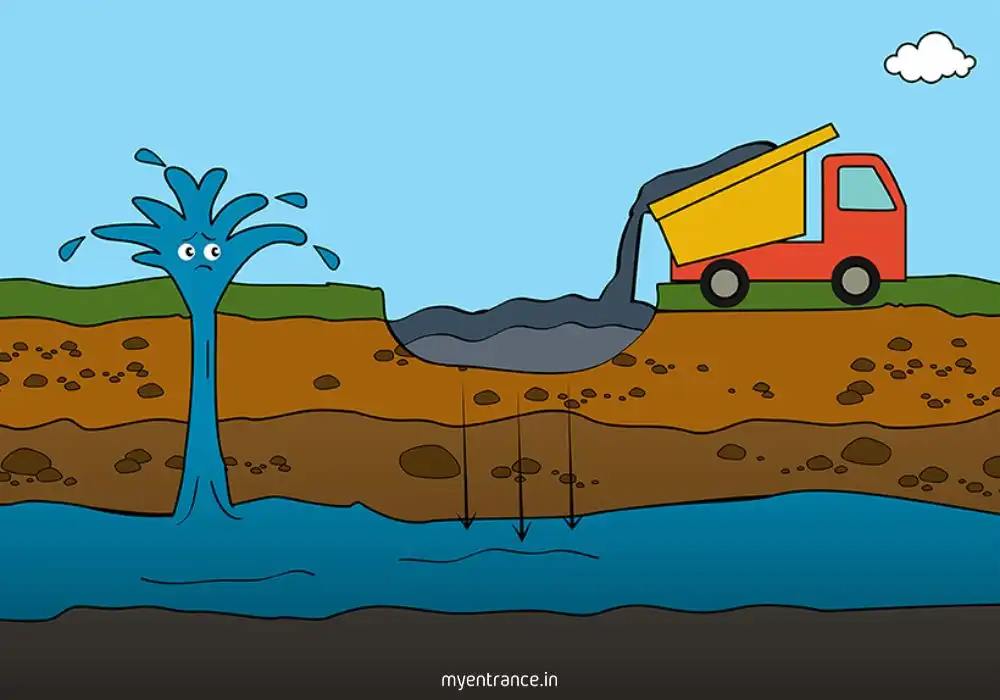Translate Language
SEO Optimized Content: India’s Oil Strategy Amid Shifting Geopolitics
For over two years, discounted Russian oil has been a cornerstone of India’s energy strategy, cushioning the blow of high global prices. However, the landscape is shifting rapidly. The steep discounts that made Russian crude irresistible are shrinking dramatically. Simultaneously, renewed tariff threats from the US are adding pressure. This confluence of events raises a critical question for policymakers and exam aspirants alike: Can India now afford to strategically reduce its reliance on Russia and diversify its oil import basket without crippling its economy? Let’s break down this complex geopolitical and economic puzzle.

The dynamics of India’s oil imports, particularly from Russia, are undergoing significant change, driven by two key factors: a sharp reduction in the price discount offered by Russia and heightened pressure from the US through tariff threats. This evolving situation presents both challenges and opportunities for India’s energy security and economic management.
From Marginal Player to Top Supplier: Prior to Russia’s invasion of Ukraine in February 2022, Russian crude constituted a mere 2% of India’s imports. Seizing the opportunity presented by steep discounts (as high as $12+ per barrel) offered on oil shunned by Western nations, Indian refiners ramped up purchases. This catapulted Russia’s share to a substantial 35-40% of India’s total crude imports.
The Squeeze on Discounts: The core economic incentive for India is rapidly diminishing. Recent analyses by leading financial institutions paint a clear picture:
Nomura economists note the implied discount has plummeted to just $2.2 per barrel in 2024-25, down from over $12 per barrel in 2022-23.
Morgan Stanley concurs, estimating current discounts at a narrow $2-3 per barrel.
Barclays highlights that while these discounts saved India an estimated $7-10 billion on its oil import bill (bringing it down to $186 billion) in 2024, this buffer is now much smaller.
US Tariffs: Adding Geopolitical Pressure: The situation is complicated by US political rhetoric. Former President Donald Trump has explicitly threatened India with steep tariffs targeting its trade with Russia:
An initial threat of a 25% tariff on July 30th was followed by an announcement of an additional 25% “penalty” tariff on certain Indian goods, set to take effect on August 27th. This explicitly targets India’s purchases of Russian energy and defence equipment.
The Diversification Calculus: With the financial advantage of Russian oil waning, experts argue India is now in a stronger position to deliberately diversify its import sources. The cost of reducing Russian purchases is calculated to be far lower than before:
Nomura estimates that shifting away from Russian oil might now increase India’s annual import bill by only $1.5 billion, a manageable figure compared to the $9-12 billion impact estimated when discounts were larger.
Potential alternative suppliers include traditional partners in the Middle East (like Saudi Arabia, Iraq) and West Africa (Nigeria, Angola).
Broader Economic Implications: While diversification is now more affordable, it’s not without ripple effects:
Inflation & Monetary Policy: A significant rise in the oil import bill (even $1.5-$2 billion) could contribute to inflationary pressures. This might constrain the Reserve Bank of India’s (RBI) ability to cut interest rates.
Rupee Stability: Higher import costs can put downward pressure on the Indian Rupee (INR), potentially increasing the cost of all imports.
Global Price Risk: A major shift by India, a massive oil consumer, away from Russia could tighten global supply, potentially pushing up benchmark oil prices. Nomura suggests every $1 increase in global crude prices could add $1.8 billion to India’s annual import bill.
Market Response & Negotiations: Indian refiners are already reacting. July 2024 saw Russian oil imports drop by 24% compared to June (averaging 1.6 million barrels per day). Negotiations with the US could involve India potentially increasing purchases of American oil and gas (currently worth ~$7.5 billion annually) as part of a broader trade understanding.
Key Insight: The narrowing of the Russian oil discount fundamentally alters the risk-reward equation for India. While US pressure is a factor, the primary economic driver for potential diversification is the evaporation of the deep discounts that initially justified the high volume of Russian imports. India now has more room to maneuver strategically without incurring prohibitive costs.
Questions & Answers for Exam Prep (UPSC, SSC, PSC, KAS):
Q: What major factor, besides US pressure, is making diversification of oil imports a more viable option for India currently?
A: The significant narrowing of discounts on Russian crude oil (from over $12/barrel to around $2-3/barrel) has drastically reduced the cost penalty India would face by diversifying its sources.
Q: How did the Ukraine invasion impact India’s oil import pattern from Russia?
A: Prior to the invasion (Feb 2022), Russia supplied only about 2% of India’s crude oil. Post-invasion, leveraging steep discounts, this share surged dramatically to 35-40%.
Q: According to economists, what is the estimated potential increase in India’s annual oil import bill if it significantly reduces Russian oil purchases now?
A: Estimates suggest the increase would be around $1.5 billion annually, a much smaller figure than when discounts were larger.
Q: What are two potential negative macroeconomic consequences for India if its overall oil import bill rises significantly?
A: Two major consequences are: (1) Increased inflationary pressures, and (2) Downward pressure on the value of the Indian Rupee (INR).
Q: Name two regions India could look towards as alternative sources of crude oil for diversification.
A: India could increase imports from the Middle East (e.g., Saudi Arabia, Iraq) and West Africa (e.g., Nigeria, Angola).
Get 3 Months Free Access for SSC, PSC, NIFT & NID
Boost your exam prep!
Use offer code WELCOME28 to get 3 months free subscription. Start preparing today!















